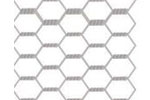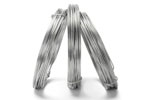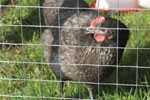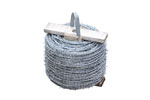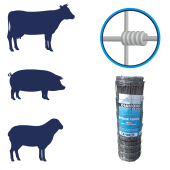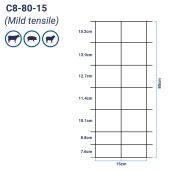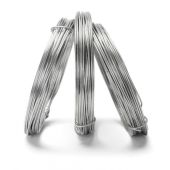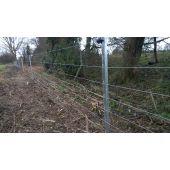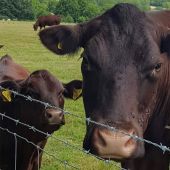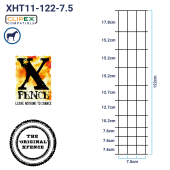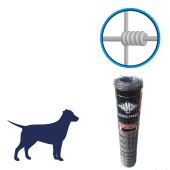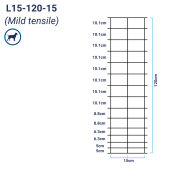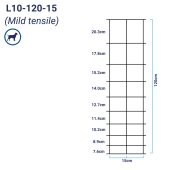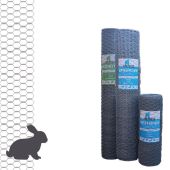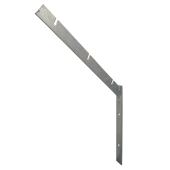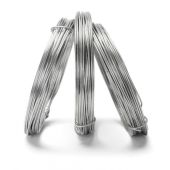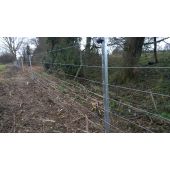
Wire Fencing
Our wire fencing products include stock netting, hexagonal wire netting, line wire and barbed wire, with many products available in different tensile strengths to offer top levels of performance. Perfect for use in industrial, agricultural or domestic settings, wire fencing is a popular all-round fencing solution. Thanks to recent improvements in wire fencing technology, there is a much wider choice available today than there was 10 or so years ago. McVeigh Parker has a huge stock of wire fencing, with over 50,000 rolls of fencing available immediately. We also have the option to design and manufacture bespoke fencing if you have any specific requirements.
-
-
-
-
-
-
- X™ fence® Equi-fence Standard XHT10-90-7.5
Please contact us or call us for our best offer - Contact
-
-


